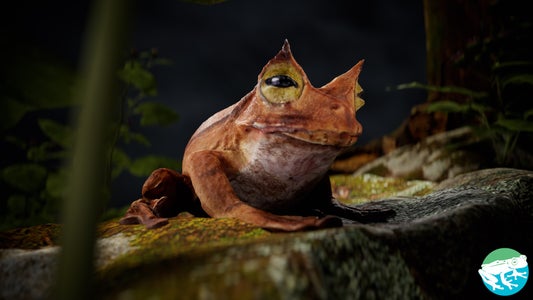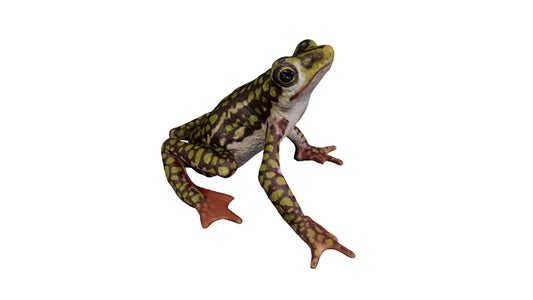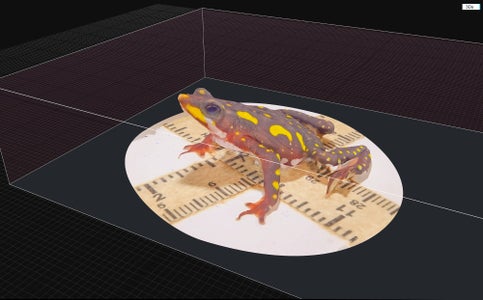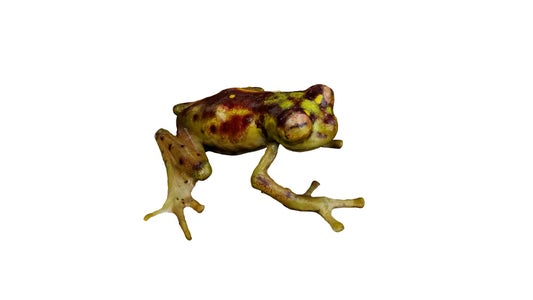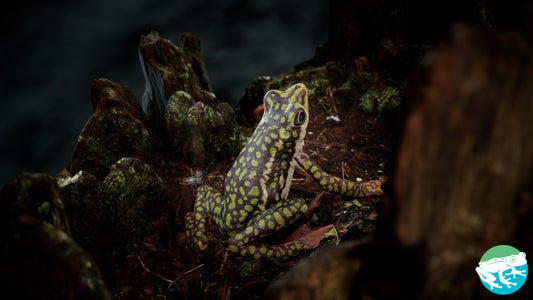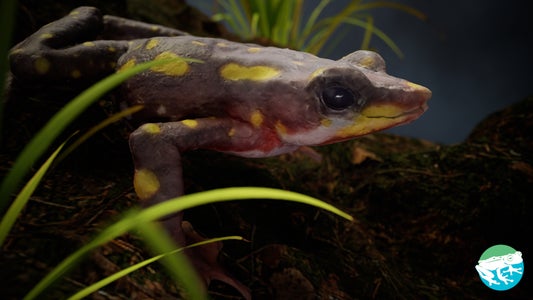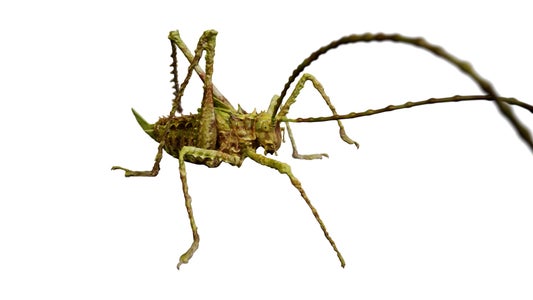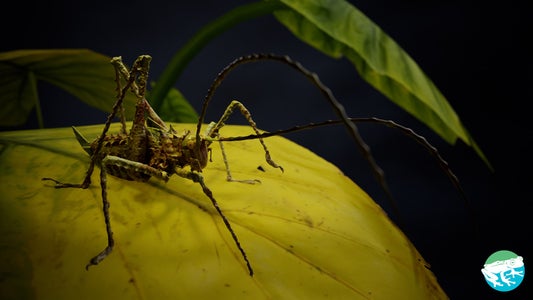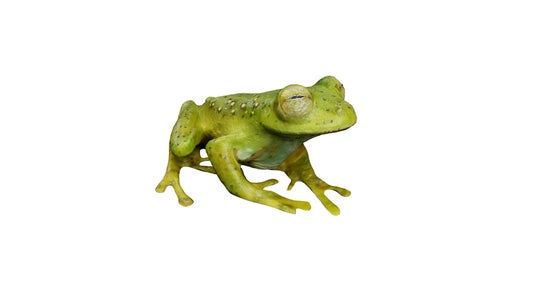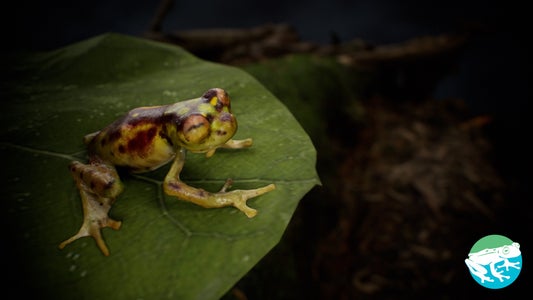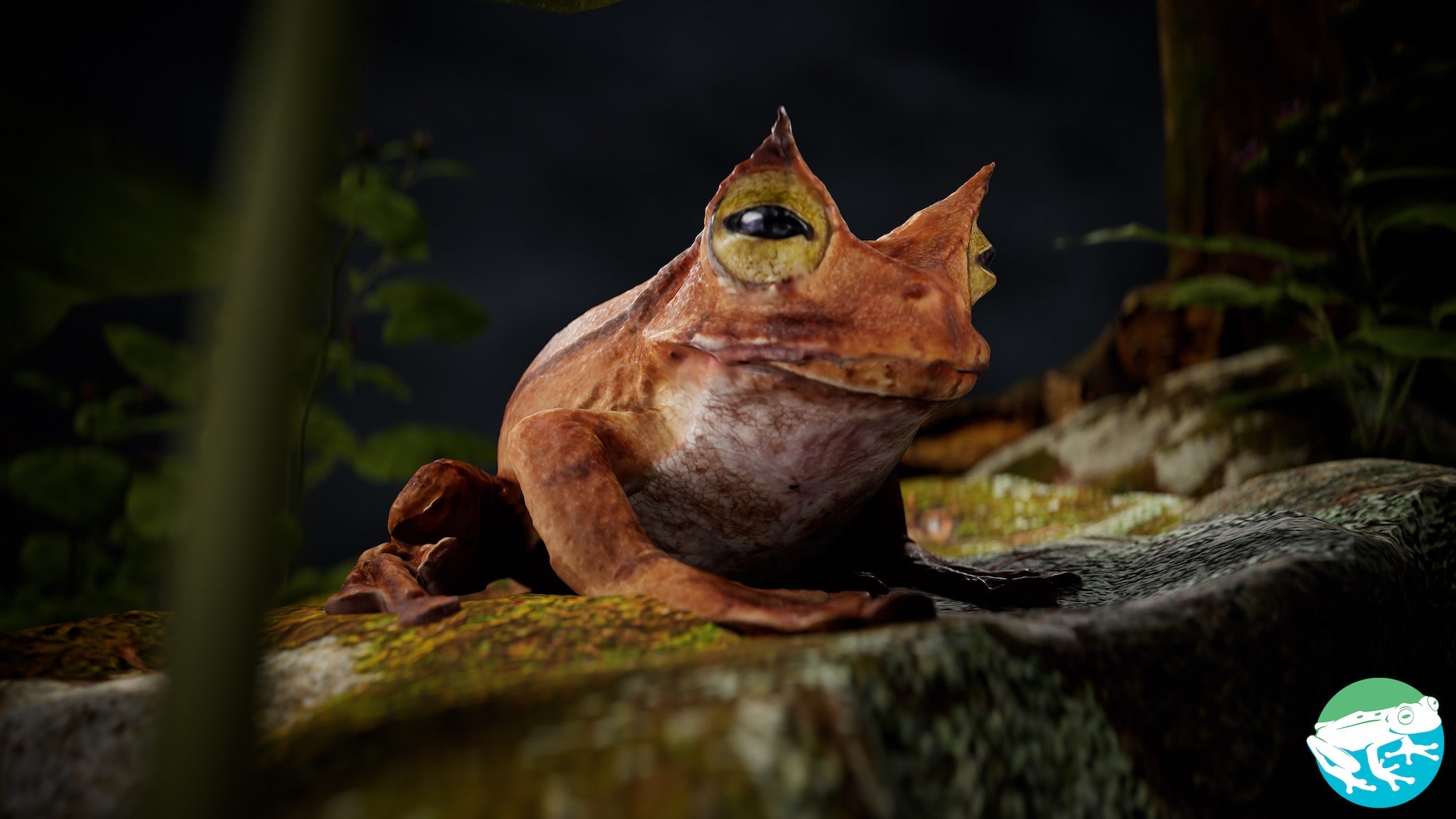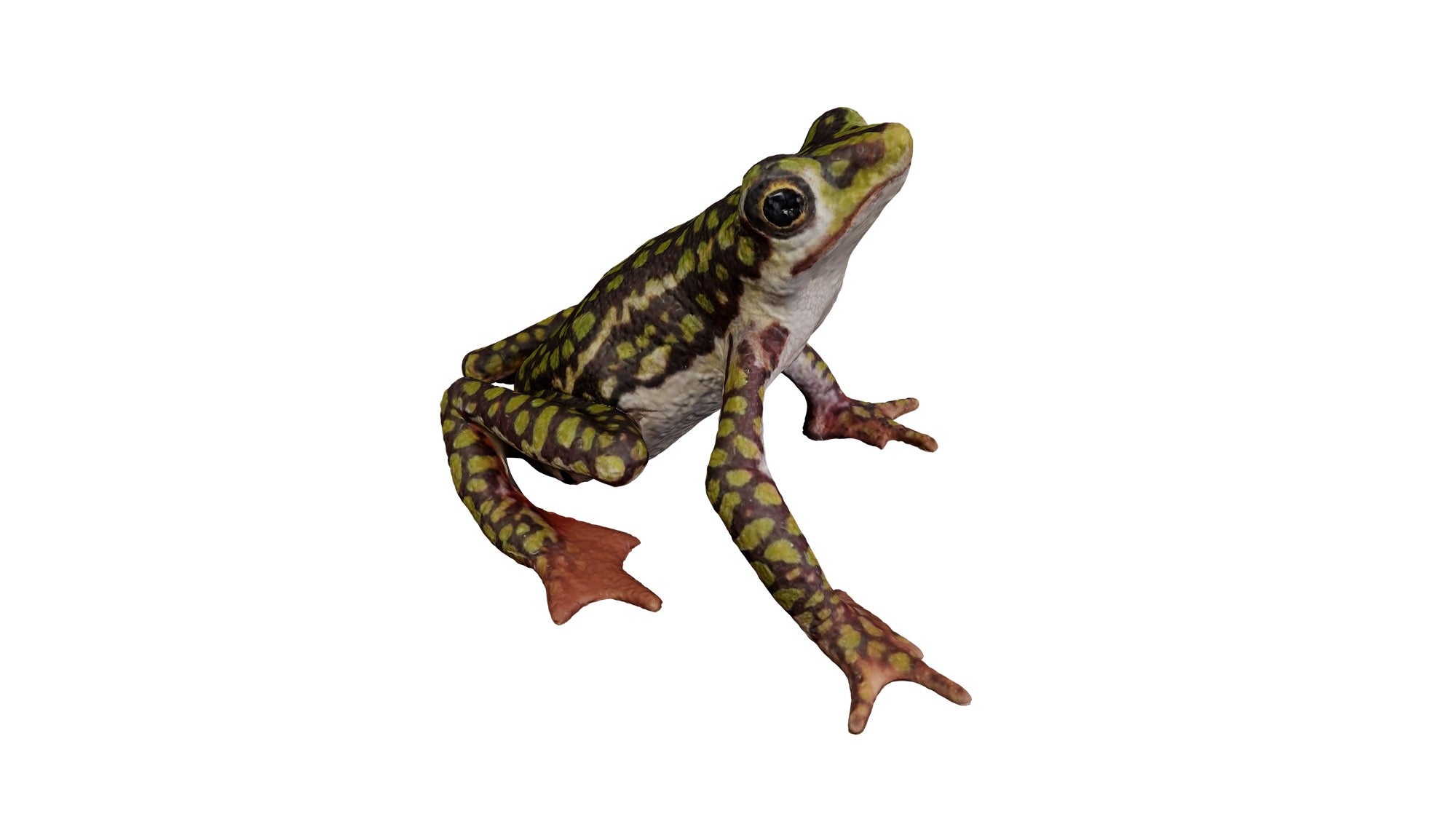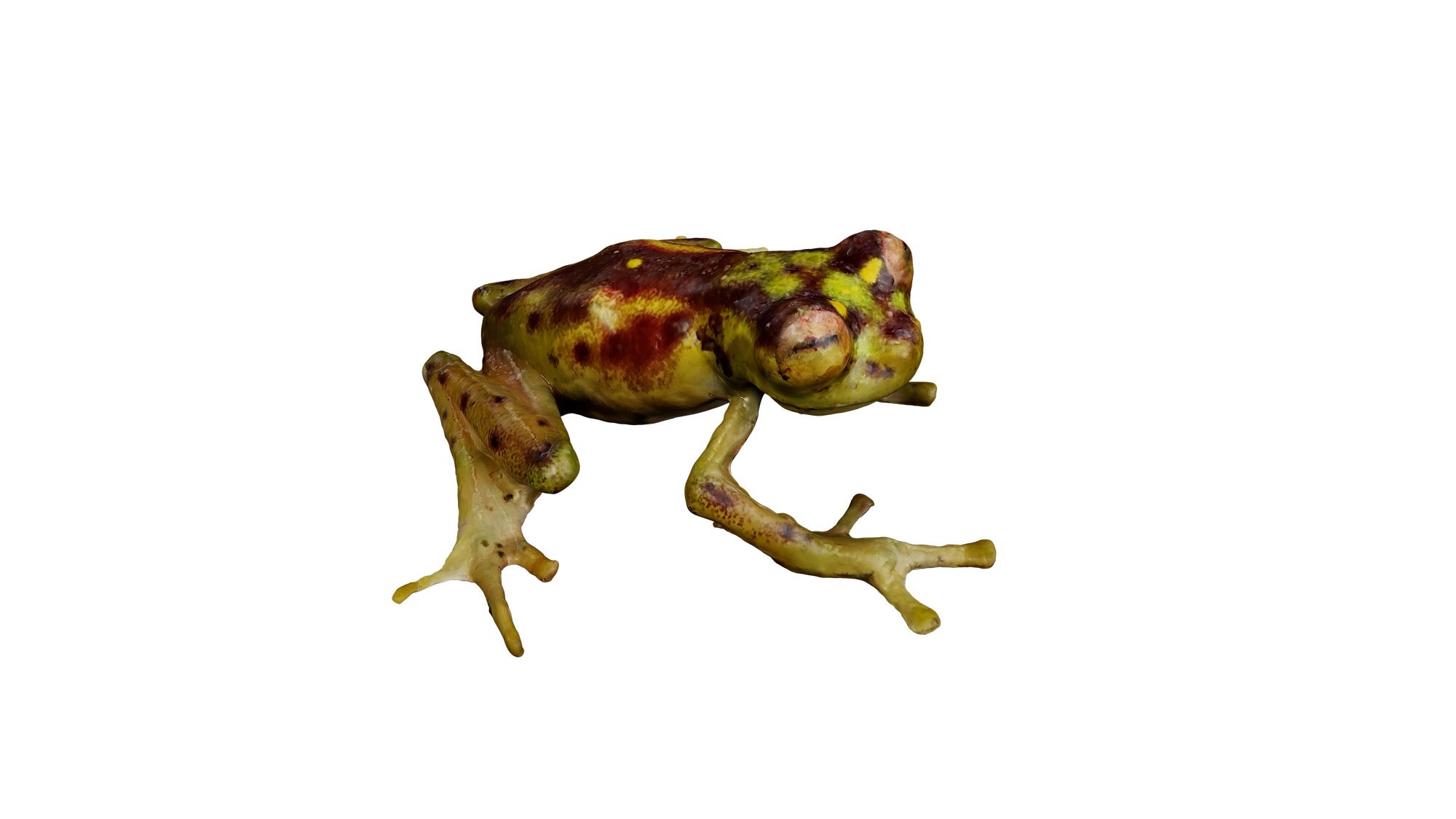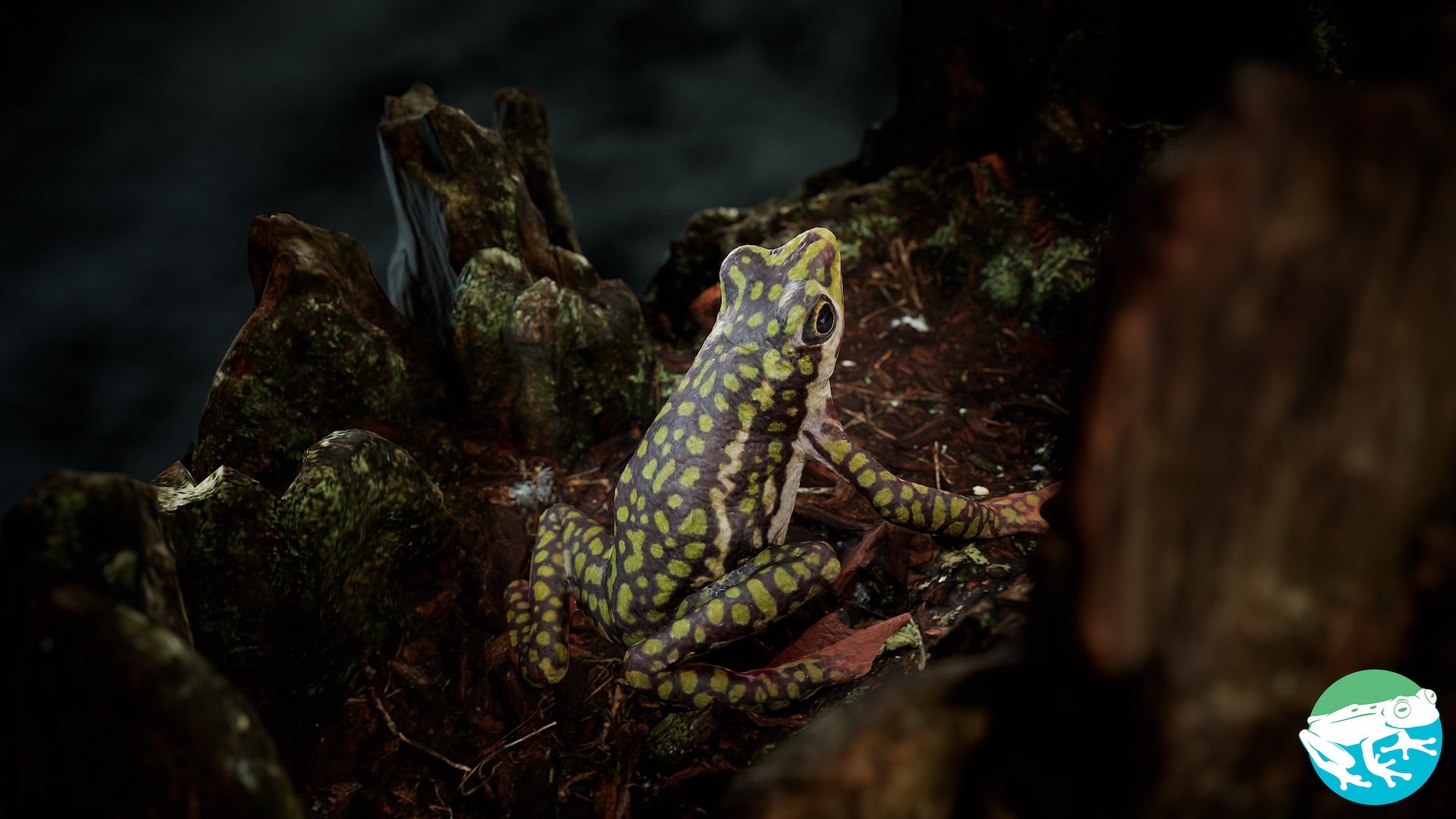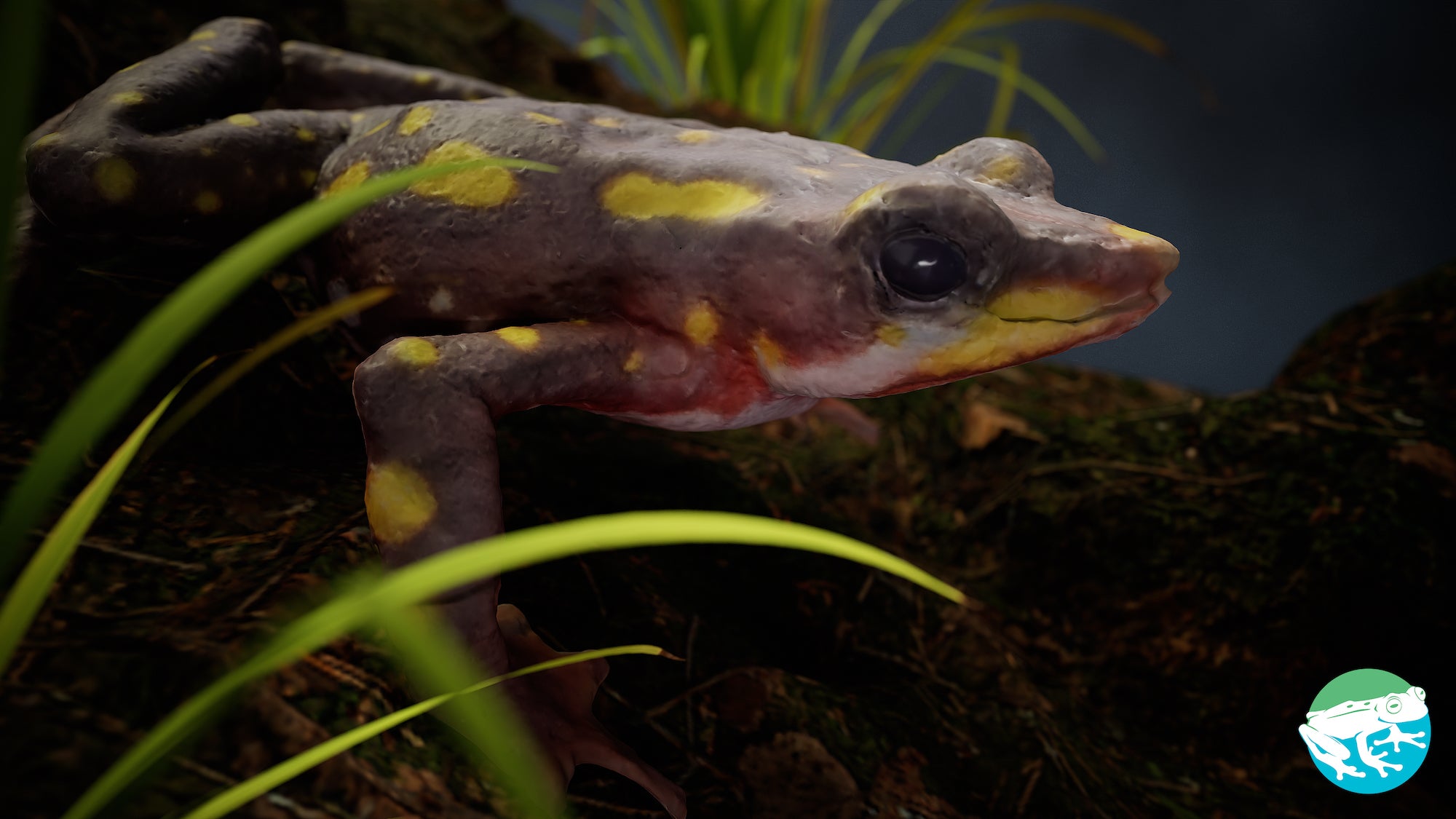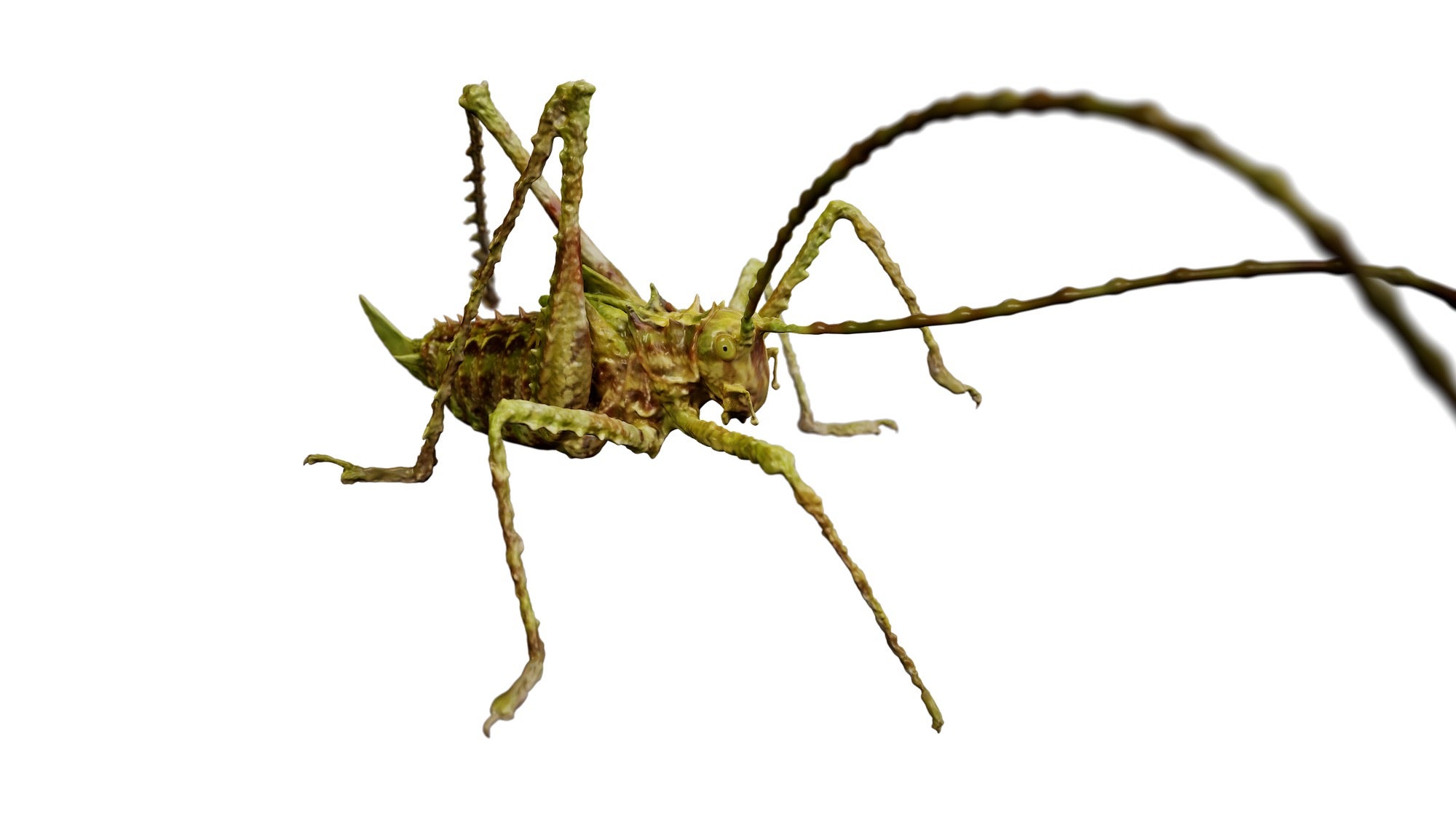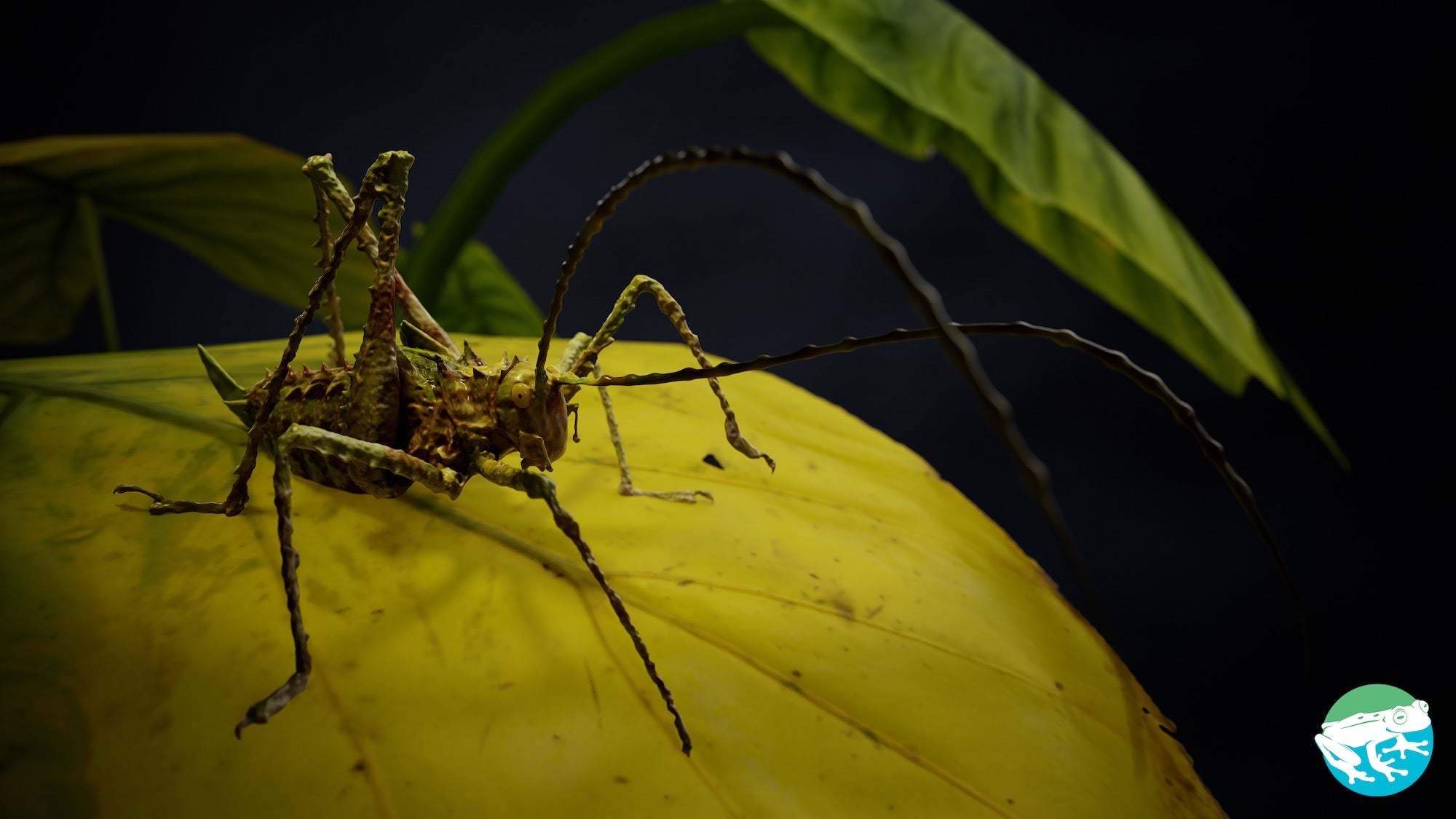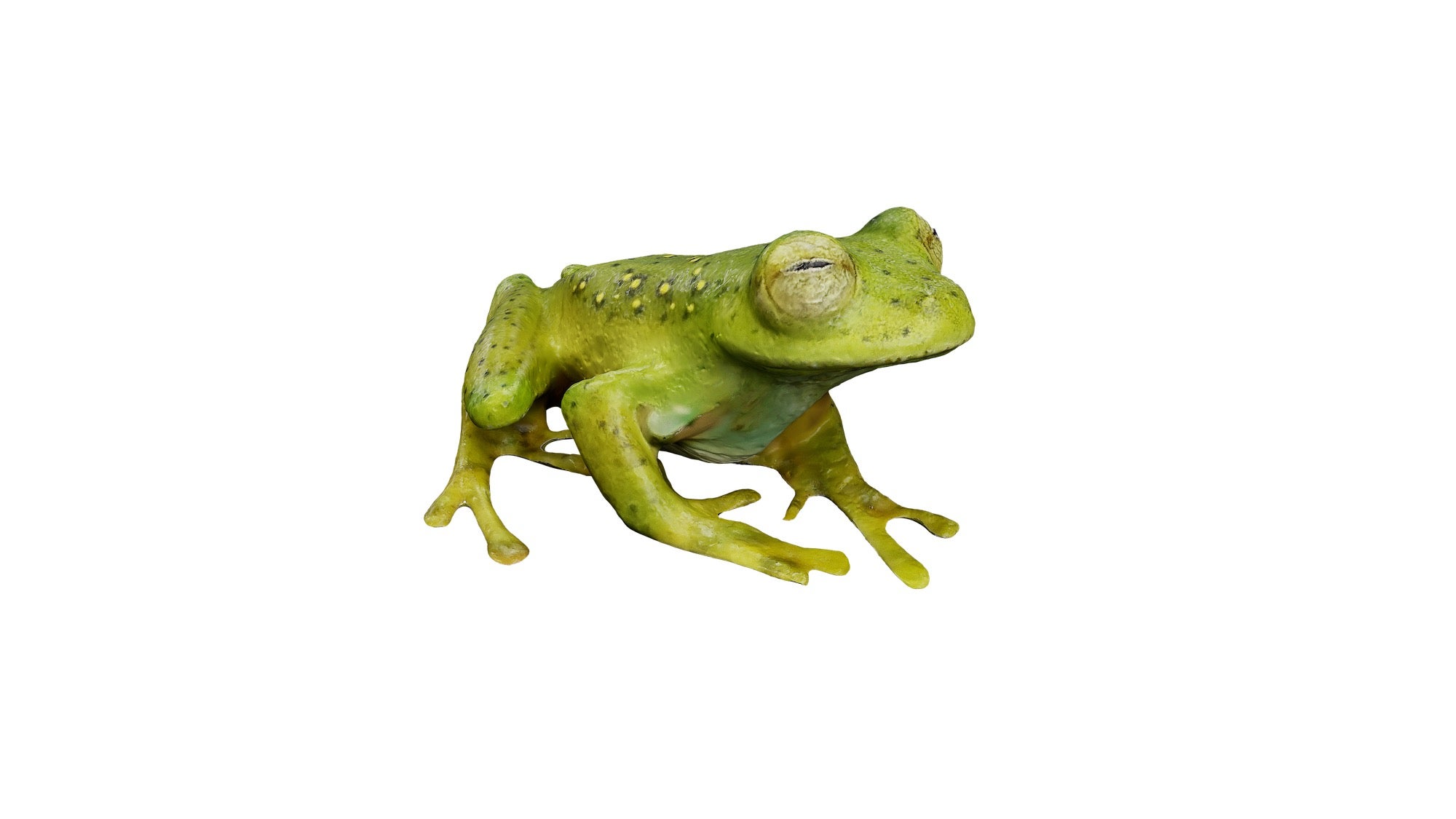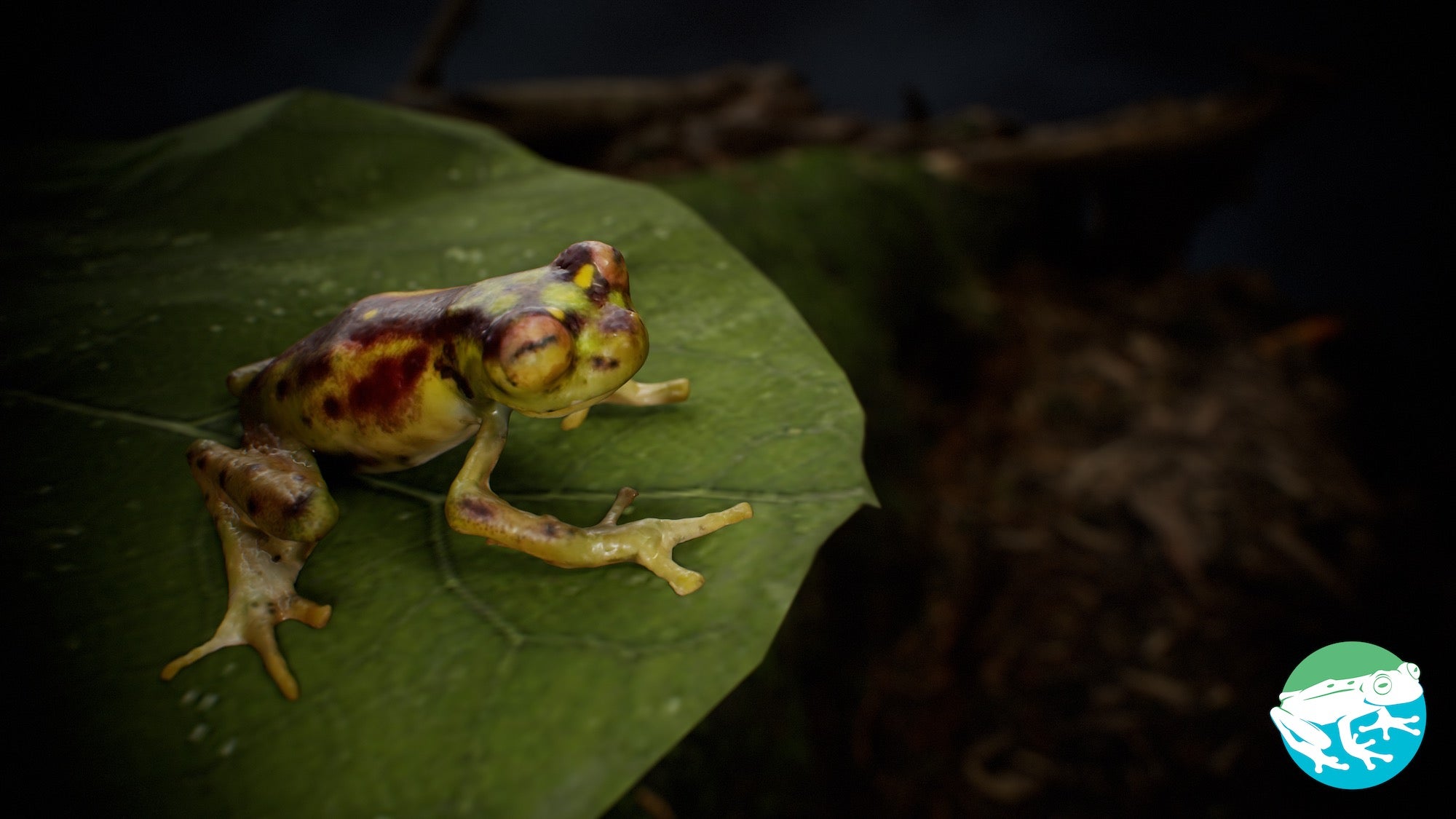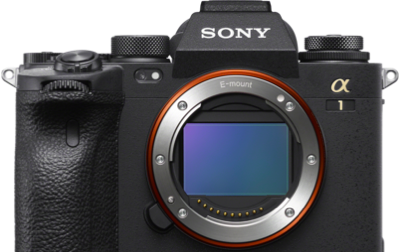As a conservationist, researcher, award-winning photographer and the executive director and chair of The Biodiversity Group, Scott Trageser’s (@scott.trageser.photo) life revolves around his love of wildlife and nature. He believes that striking wildlife photography is the cornerstone of modern conservation, as it has the power to create empathy. He has dedicated his life to conservation and adventure, fearlessly traveling the world to aid in the protection and research of threatened species. We connected with him to learn more about how he's using multiple Sony RX0 II cameras and photogrammetry, the third dimension of photography, to help expand education and conservation of these species.
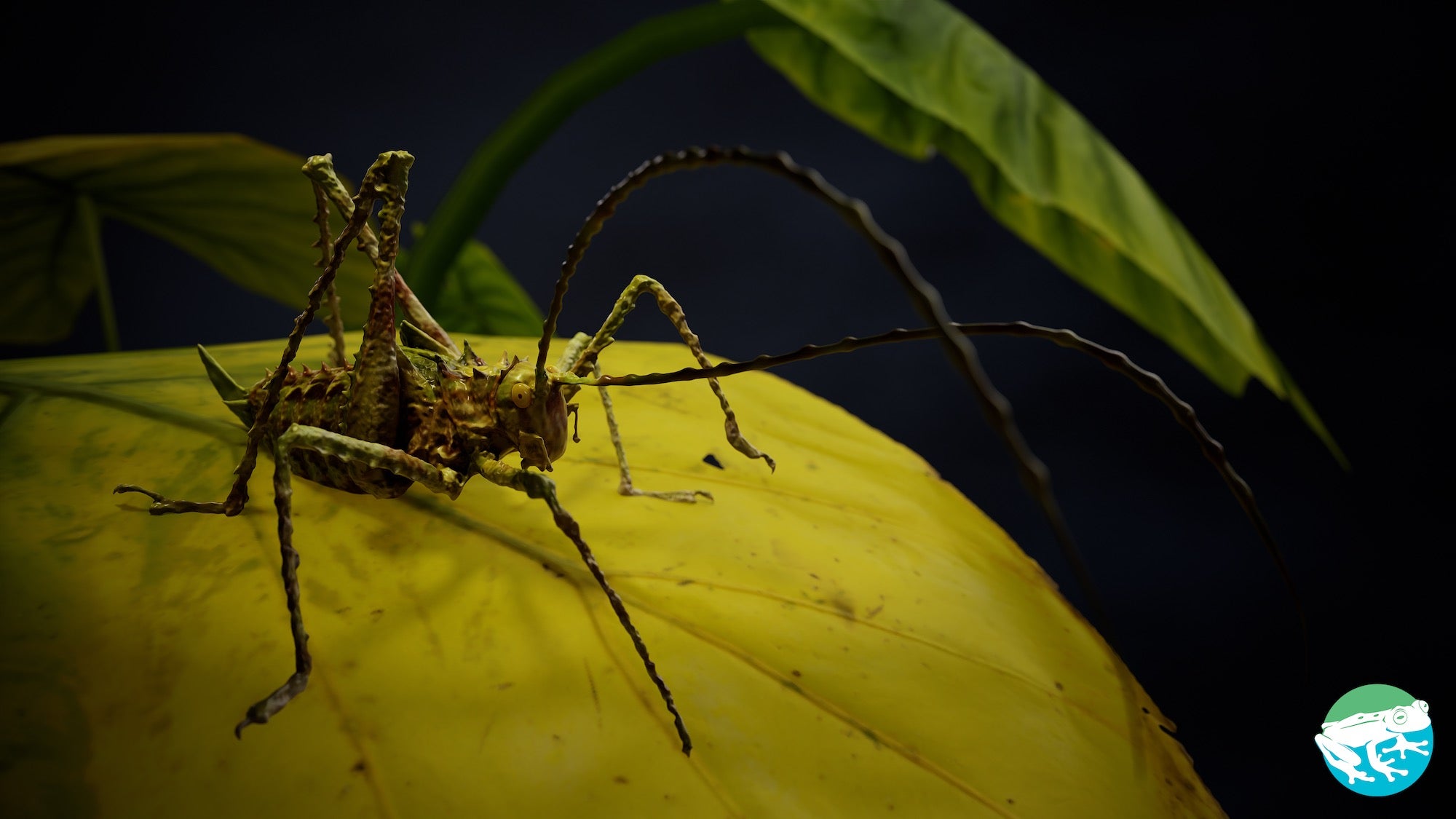
Rendering by Scott Trageser. Sony RX0 II.
An Ethical Dilemma In The Scientific Community
This important work has led Scott to many areas of the world, where he’s been part of teams that rediscover species. This work led him to an ethical dilemma. In the scientific community, rediscovering species currently requires specimen collection, this means the species must be captured and euthanised for further research. This has been an ongoing debate in the scientific community. You can read more about the debate in this article from MongaBay, published in 2015. While this information is important to learn more about the species, many scientists believe it is unethical, particularly if the species already has low population numbers.
Scott experienced this issue in his own work. His goal has always been to have as little impact in the location as possible. “You don't know if it's the last individual, you don't know if it's the last female in the population and honestly taking one adult reproductively active individual out of a threatened population can have a huge impact. And we just don’t know.”
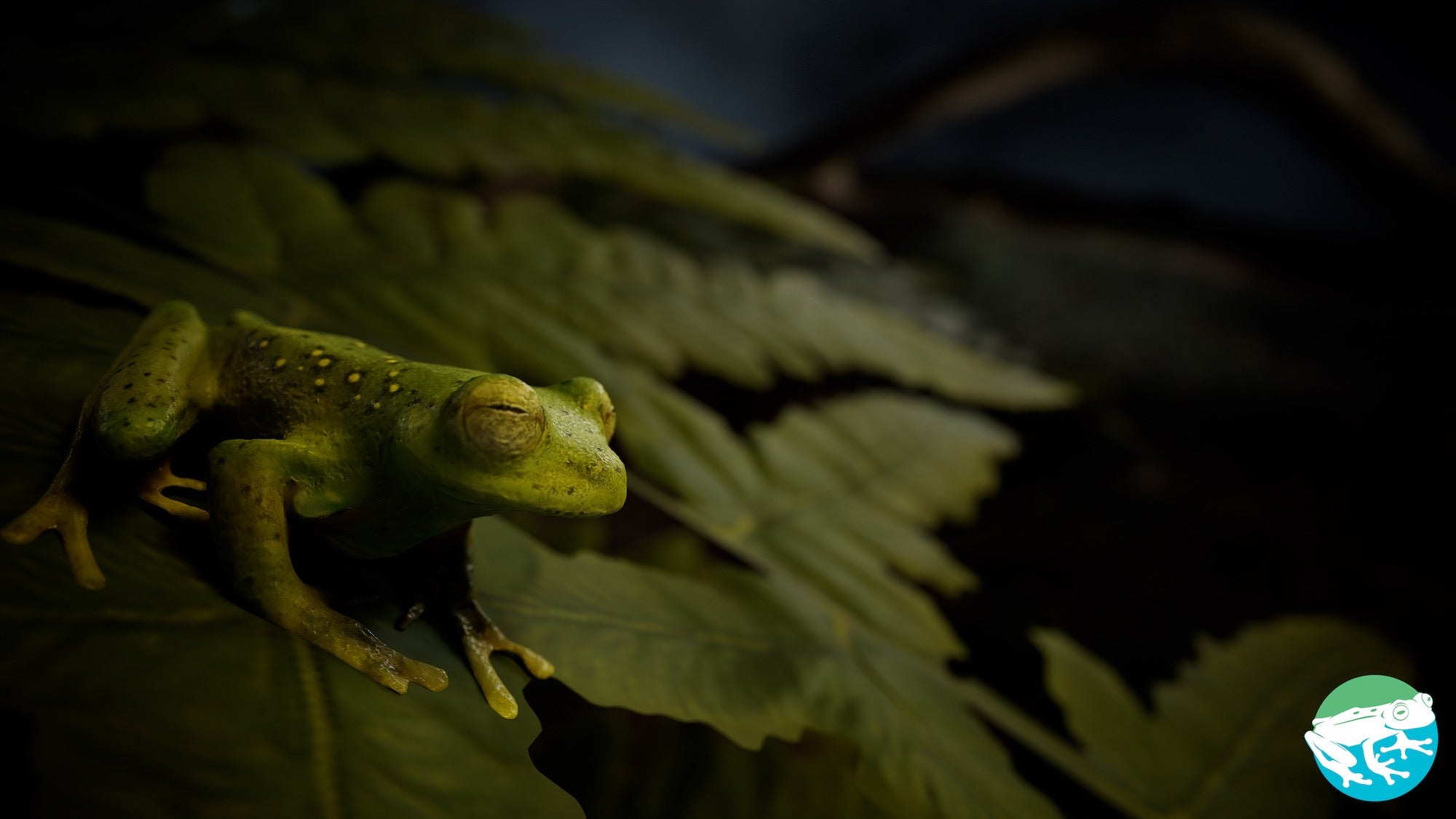
Rendering by Scott Trageser. Sony RX0 II.
A Creative Solution
Scott ruminated on this issue and came up with a solution. As a photographer, he tends to think of how current technological advancements could play a part. That is how he came up with using photogrammetry: the third dimension of photography.
Scott’s idea was to use a set of cameras to create virtual 3D scans of the animals. That, along with a DNA swab and a tracker on the creature gives scientists important information on the discovered species without having to euthanize it.
As a member of the International League of Conservation Photographers (iLCP), Scott connected with the Sony Pro Support team. Sony Pro Support partnered with Scott to provide four Sony RX0 II cameras. A photogrammetry expert consulted The Biodiversity Group to develop the 3D scanning system and the cameras were set up to take images of a species from all angles. The team then uses those images to create virtual 3D scans of the species. And what’s also incredible: Scott’s whole setup can fit into a 20L backpack meaning, scientists will be able to take it into the field relatively easily.
This method is currently in prototype stages, not yet ready for widespread use. However, it will have many positive impacts in the scientific and conservation worlds. For the first time, researchers will have a choice of if they want to (or need to) euthanize a species.
To test this idea, Scott and his team headed to Rio Manduriacu Reserve, owned by Fundacion Condor Andino and managed by Fundacion EcoMinga. They did their first field scans of several rediscovered species. They also went to Centro Jambatu in Quito, Ecuador run by Luis Coloma which is a conservation breeding facility where they scanned the critically endangered Atelopus and the big Horned Marsupial Frog. These activities were important in proving the real-world usages for these 3D scenes. These scans can then be bonded, in this case The Biodiversity Group had George Matar help them with this step.
Multiple Uses For Wildlife Photogrammetry
This will of course be monumental in the scientific community, eliminating most needs for euthanizing animals. Scott says that the ability to take a virtual specimen, rather than a physical one, will upend 300 years of taxonomic dogma. “We're trying to push this idea of conservation taxonomy where we're left with all these threatened species that we're trying to learn about and we have to be conscientious of making sure we do not impact that population more than we need to.”
He continues, “Usually when we go out with scientists, you measure interocular distance and things like, head length, total length, arm length. These are one-dimensional, kind of crude measurements. There is always human error, animals move around, some can be kind of squishy, it’s a challenge. You're not getting sub millimeter precision and sometimes that can be important when you're doing ratios and things. Now with this you can actually take the same measurement every time and it is accurate and we can weigh it and get density, we can calculate the volume of the whole animal. We can calculate the width of arms and whatever. So with it, you can actually get a lot more data, minus the bone morphology.”
More studies are done on animals whose specimens are easier to access. If a scientist wants to research an animal, but the specimen is located far away, that makes it immensely difficult to continue that research. However, these 3D models will be uploaded to an online database which will democratize access. More access means more research, which could really speed up understanding and conservation efforts.
The benefits of this are far reaching beyond just the purely scientific. There's a whole side of education that can be improved from this. “The education awareness side of things is also really exciting because technology can be used as a bridge for awareness building,” he explains. “You can show people a photo and tell them facts, but that only goes so far. It will build awareness, but it doesn’t reach that barrier of appreciation where someone will actually want to help protect the species.”
He continues, “So what I'm hoping is that when you provide this 3D model, whether you put on VR and AR headsets or holographically project this animal in the classroom while you're speaking to them, these kids will be able to really see it. It's almost physical and I think it's physical enough that people will be able to connect. They will be like, ‘I'm interacting with it now, I really have this appreciation for this animal and not just awareness.’ That hasn't been proven yet, but it's something we're looking for, we're really excited to see how it plays out.”
Looking Ahead
Scott and his organization, The Biodiversity Group are thrilled with their preliminary results and are working to hone the process and make it scalable. This project is truly the meeting of conservation, animal welfare and democratized research. The team is very excited with the first test of this model, as it really created a proof of concept.
Now that the team has overcome the first hurdle, they have quite a few challenges they will need to overcome to make this available for widespread use. The team will need to create a second version of this model to improve upon the limitations they found in the first system. They will also need to fundraise to continue testing this out in the field. And for right now, it is quite time consuming to process these systems, so they are looking for help on the front as well. If you are interested in helping in any way, you can contact the Biodiversity Group HERE or donate HERE.
The Biodiversity Group are also selling 3D printed paintable, plastic models on Etsy. These models will be perfect replicas of the real animals and will be great toys, desk ornaments, or educational tools. Find those HERE.
The team is planning a new expedition to rediscover Zug’s Monitor Lizard, one of the top 25 most wanted lost species according to Re:Wild. This will be the first use case where they will (hopefully) rediscover a species and they won’t have to kill an individual for specimen collection.
To keep up to date with Scott, his wild ideas, and his epic adventures, be sure to follow him on Instagram (@scott.trageser.photo).
